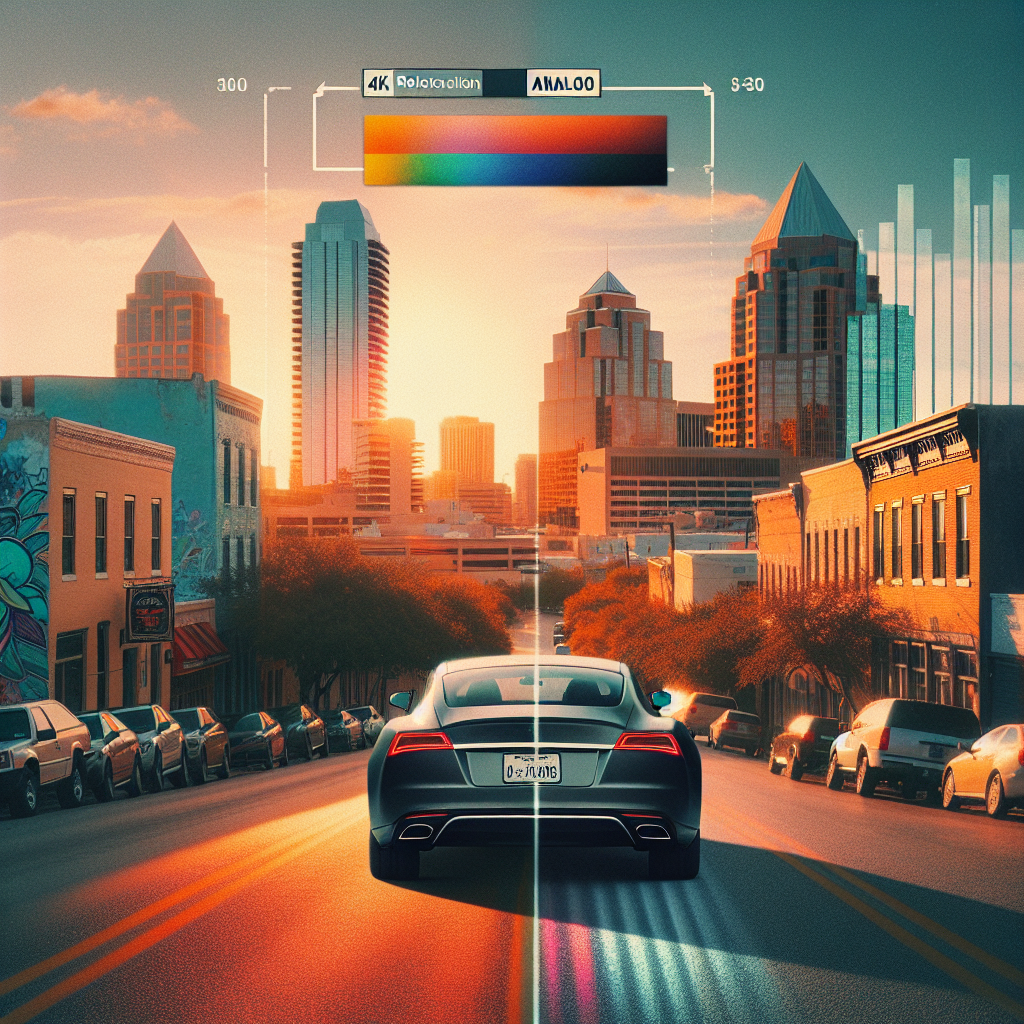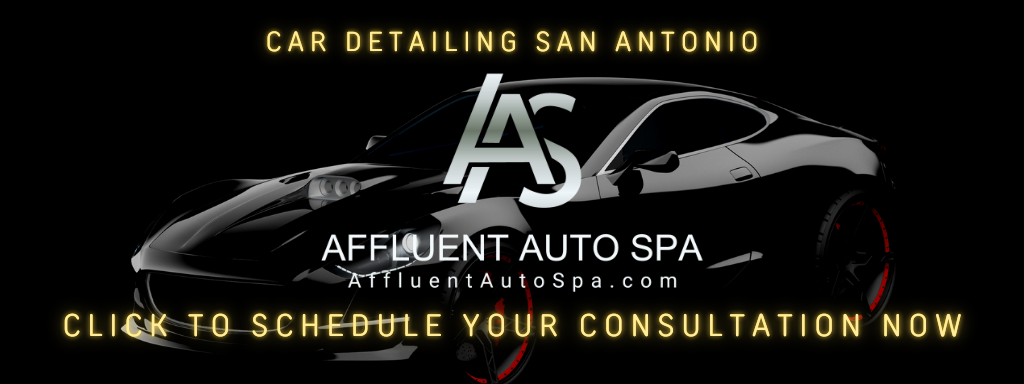Understanding Seasonal Damage Factors
Sun Exposure and UV Rays
As someone who lives in the sunny city of San Antonio, I’ve seen firsthand how the relentless sun can wreak havoc on my car’s paint job. Just think about it; the UV rays are bombarding your vehicle day in and day out. Over time, this can cause significant fading and dullness that not only reduce your car’s aesthetic appeal but can also degrade the clear coat.
When scheduling paint correction, it’s vital to consider times of the year when the sun’s intensity is particularly high. Summer is a prime culprit here. I often recommend getting paint correction done just before peak summer, so your car is protected before the harsh conditions kick in.
In addition to fading, prolonged exposure can lead to oxidation, making paint correction even more critical. If you want your luxury vehicle to keep that showroom shine, keep the UV damage in mind.
Rain and Humidity
San Antonio might be known for its heat, but let’s not forget about the rains. Humidity and moisture can be sneaky culprits when it comes to paint damage. Water spots that form from rain can actually etch into the paint if not taken care of promptly. I’ve learned that it’s not just about looking good; it’s about protecting the integrity of the finish.
I always tell my friends that scheduling paint correction after the rainy season can help clean and polish away those stubborn spots, preventing them from turning into bigger issues. Just a little routine maintenance can save you a lot of headaches later.
Moreover, be aware of how humidity interacts with pollutants in the air, especially after storms. This mixture can lead to a corrosive effect that makes it a no-brainer to consider paint correction as part of your seasonal prep.
Winter Weather Effects
Even though winters in San Antonio are milder compared to other places in the U.S., it’s still a good idea to think about how cold weather can impact your vehicle. Road salt and other de-icing agents used elsewhere can damage the paint and clear coat if they splash up during the winter months.
Scheduling your paint correction ahead of the harsh winter ensures that any accumulated grime and residue are thoroughly handled. Remember, a little prevention goes a long way!
Ultimately, keeping your car in peak condition through the changing seasons becomes less about reactive maintenance and more about proactive care. Treat your luxury vehicle to some TLC before the cold sets in—your future self will thank you.
Choosing the Right Time for Paint Correction
Assessing Your Vehicle’s Condition
Here’s the deal: looking at your car objectively is sometimes easier said than done. I know from experience that we all love our vehicles and can be a tad biased about how they look. Regularly assessing your car’s paint condition will help you make an informed decision on when to schedule paint correction.
Take some time on a sunny day to walk around your vehicle. Look for swirls, scratches, or any uneven texture. These visual indicators can tell you it’s time to act. Plus, this ‘check-up’ can lead to better timing; if you notice fading or blemishes, it might be the cue you need to schedule that appointment!
Honestly, the more proactive you are about these assessments, the less likely you’ll have deep issues in the future. You’ll be surprised at how simply staying on top of your car’s condition can save you money down the line.
Scheduling Around Weather Patterns
Having lived here for a while, I’ve learned that weather in San Antonio can be a bit unpredictable. However, certain patterns are somewhat reliable. Typically, I like to schedule my paint correction during the fall, just before the wet winter months. This timing allows my car to shine bright while also getting prepped for the seasonal changes ahead.
By planning ahead, you’re less likely to grapple with canceled appointments due to unexpected weather. The last thing you want is rain on a day your car is supposed to be pampered! Keep an eye on forecasts as you plan, especially if there’s an upcoming storm.
It’s all about working with Mother Nature instead of against her. Plus, scheduling that paint correction when you know there will be sunny days ahead gives you the added bonus of seeing the results of your investment shine through.
Finding the Right Service Provider
Let’s be honest, not all detailing services are created equal. My personal experience has shown that finding the right provider for paint correction can make or break your entire experience. Look for someone with a good reputation and reviews; it makes a world of difference.
From price estimates to customer service, you’ll want to feel confident in your choice. Trust me, good communication with your service provider leads to better outcomes. You don’t want to risk your luxury vehicle in the hands of someone who cuts corners!
Once you’ve narrowed it down, consider visiting their shop for an in-person consultation. Talking to the technicians will give you an idea of their expertise and if they’re passionate about their work. When it comes to your car, you want nothing but the best!
Long-Term Maintenance and Care
Protective Coatings Post-Correction
I cannot stress enough the significance of applying a protective coating after paint correction. Think of it as an insurance policy for your vehicle. After investing in bringing your car back to that beautiful condition, it’s essential to seal in that work to prevent future damage.
Products like ceramic coatings or sealants are straightforward to apply, and they form a barrier against UV rays, dirt, and water spots. I’ve personally had excellent results using these coatings, and they give you that ‘just detailed’ look whatever the season throws your way.
It’s not just about aesthetics; protective coatings will help you maintain the value of your luxury vehicle. In a place like San Antonio, staying ahead of potential damage is key!
Regular Washing and Detailing Schedule
After paint correction, the work isn’t done! Maintaining that shine means establishing a routine wash and detailing schedule. I’ve found that a monthly wash and detail works wonders; not only does your car look great, but it also keeps the paint condition intact.
Choose products that are gentle on your car’s surface. I like to stick to pH-balanced soaps to avoid stripping that protective coating you just put on. Remember that a little regular care can prevent the need for costly corrections down the road.
Enlist a local detailing service if you’re strapped for time. Having a pro do the work can really keep that luxury vehicle looking top-notch without you breaking a sweat!
Season-Specific Care Tips
Each season has its own set of challenges for your car’s paint, and knowing how to handle them can make all the difference. For example, in spring, pollen can coat your car, so regular washing is key to preventing any staining.
During summer months, always remember to apply a good wax mid-season to help combat sun damage. In the fall, it might be a good time to take care of any minor scratches before they turn into major issues with winter’s arrival.
By adapting your care routine seasonally, you’ll be ensuring that your luxury vehicle won’t just look good but will also remain protected for many years to come!
FAQs
1. How often should I schedule paint correction for my luxury vehicle?
Generally, it’s recommended to consider paint correction every 1-3 years, depending on your vehicle’s exposure to elements.
2. What’s the best time of year for paint correction in San Antonio?
The fall is typically the best time due to reduced rain and humidity, but be mindful of your vehicle’s condition as well.
3. Do I need to do anything to prepare my car before paint correction?
A thorough wash is usually enough, but removing personal items and ensuring the car is easily accessible will help the process.
4. Can I do paint correction myself?
While it’s possible to DIY, I highly recommend working with professionals who have the right tools and experience to avoid damaging the paint further.
5. How can I maintain my vehicle’s finish after paint correction?
Establish a regular washing routine, apply protective coatings, and consider seasonal detailing to keep your finish looking sharp!



